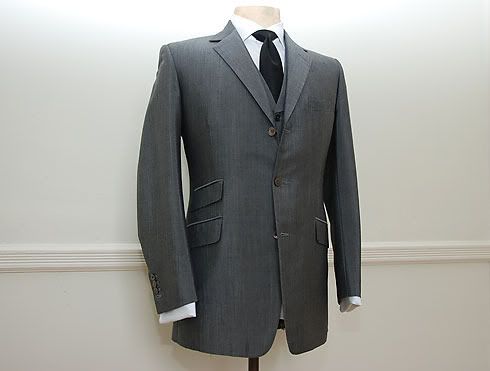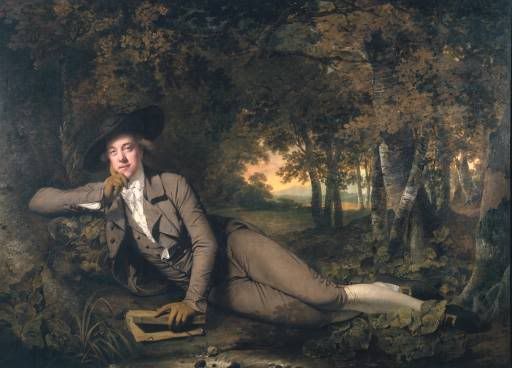Svenn
Distinguished Member
- Joined
- Oct 15, 2008
- Messages
- 1,614
- Reaction score
- 52
I hear many of the qualities I like in suits and shirts described as "British," however I've never come upon a comprehensive definition of what a 100% classic British-style suit would look like. The image I have in my head is like in the pics below, but I frankly had a hard time finding examples on the internet. I'm talking about the basic traditional style, no flashy modern stuff or transient fads (which seems to be what I find on "savile row" websites, or pics of the "Duke of Windsor"), just the basic classic look of the common englishman. The only real definition I have is that it's slimmer fitting than other countries' styles, is that the only difference? Does anyone have any information about this style and/or links to sites with good pics?








